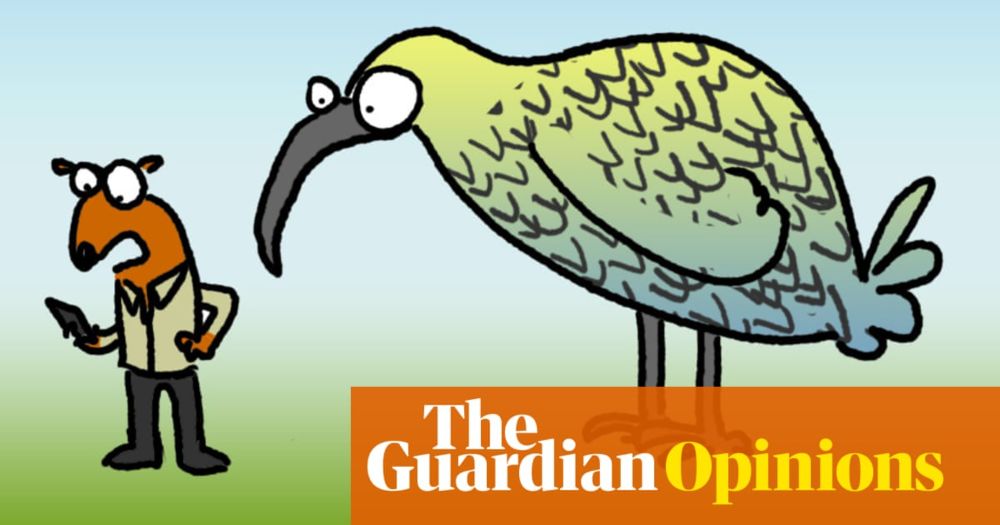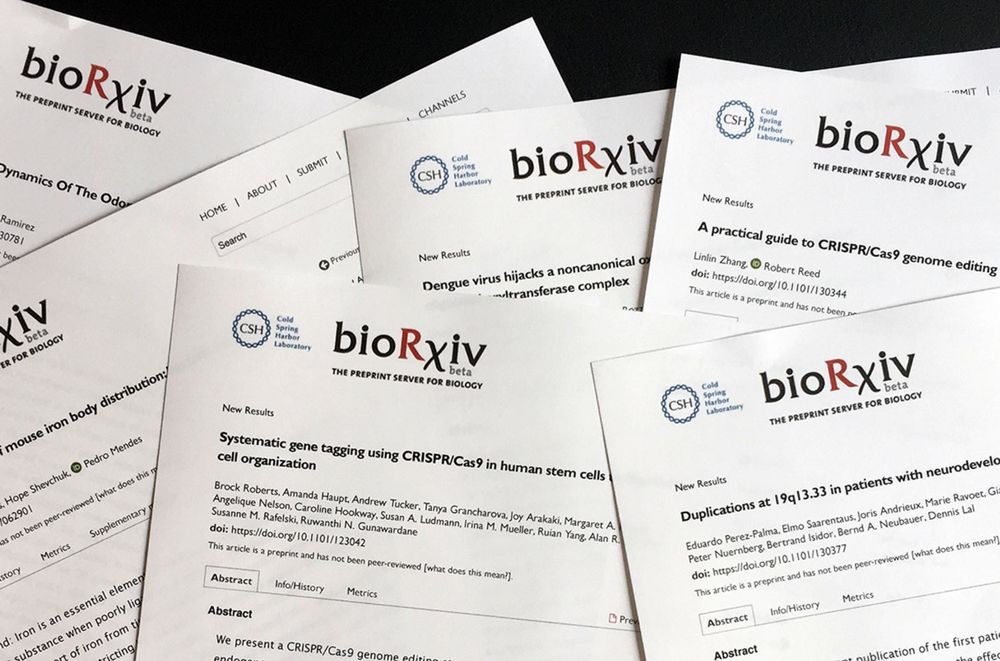
Postdoc working on fire management in threatened ecosystems and conservation of threatened plant species.
Centre for Ecosystem Science, UNSW and the Bushfire and Natural Hazards Research Centre
Reposted by Tom Le Breton
Reposted by Garry Peterson, Tom Le Breton

doi.org/10.1038/s415.... Vegetation spillovers from Aus protected areas are common & widespread; also, management inside the area can affect vegetation outside the area. Spillovers don't factor much into conservation policy, but perhaps they should! 🧪🌍🌐
Reposted by Tom Le Breton

english.elpais.com/science-tech...
#academia #academicchatter
Reposted by Tom Le Breton

@ltkelly.bsky.social @lluisbrotons.bsky.social @urbanfrogger.bsky.social @cristinaaponte.bsky.social , Lauren Ponisio, Stephen Mason, and David Keith!
onlinelibrary.wiley.com/doi/10.1111/...
Reposted by Tom Le Breton

Reposted by Tom Le Breton

Australia’s natural ecosystems are highly exposed & vulnerable to climate change across the land and sea. 1/🧵
Reposted by Tom Le Breton

We a casestudy Atriplex, and found...not much
Despite being 'rediscovered' three times in the last decade Atriplex acutiloba remains listed as extinct. And it isn't alone. Nor is the phenomenon new.
doi.org/10.1111/aec.70101

Title: "After the fires: Plant responses and resilience under shifting fire regimes"
📖 Submit by 30 Sept 2025.
🧪 Details 👉 www.publish.csiro.au/bt/content/C...
#Fire #Botany #Plantscience
Reposted by Tom Le Breton

Reposted by Tom Le Breton

www.theguardian.com/commentisfre...
Reposted by Tom Le Breton

Reposted by Tom Le Breton

Reposted by Tom Le Breton
We built {infinitylists} 📋 to help nature lovers create personalised, location-based taxon lists! 🌏
Reposted by Tom Le Breton

P.S. the papers pay walled but I know a guy who can pass it on for free.... 4/4
@markooiecol.bsky.social @saltandbrine.bsky.social @seedysarah.bsky.social @joe-atkinson.bsky.social


#bees #varroamite #plantconservation
Reposted by Chantelle Doyle


Reposted by Chantelle Doyle
@ausjbotany.bsky.social
www.publish.csiro.au/bt/BT24020

Reposted by Chantelle Doyle, Tom Le Breton

@ausjbotany.bsky.social
www.publish.csiro.au/bt/BT24020
Reposted by Tom Le Breton

This is potentially very dangerous. A 🧵
🧪 #SciPub #AcademicSky
Reposted by Tom Le Breton

We show the actual number is likely much higher, 9,000+ species. AND 1-3 invertebrate species are being lost each week.
This level of loss is not sustainable. This is a wake up call 🌍🧪
theconversation.com/around-9-000...
Reposted by Tom Le Breton



